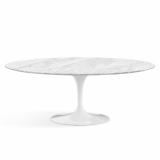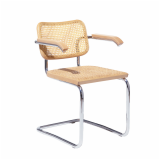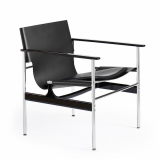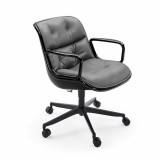Reintroducing the Pollock Arm Chair
“It starts as a thought, and then becomes an idea, something I might think about for years. When the time is right, I express it on paper, usually as a simple line in space. Finally, it takes shape.”
– Charles Pollock (1930-2013)
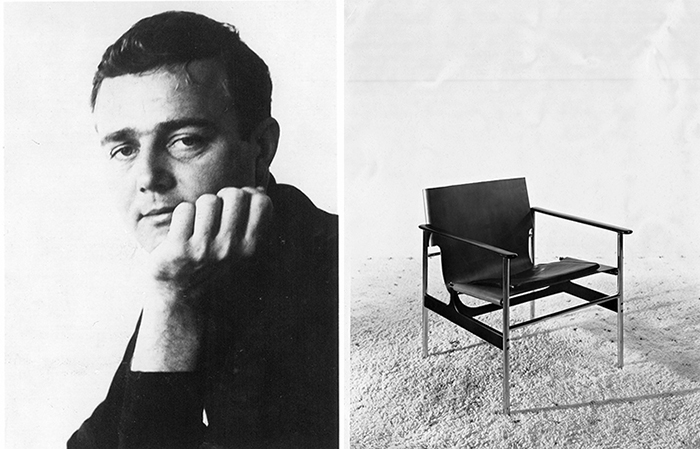
It has been more than half a century since the late Charles Pollock designed what was then called the Model 657, a minimal chair of polished chrome steel tubing and natural cowhide. The 657 blended comfort, functionality and, of course, style; Florence Knoll, seeing the design for the first time, declared it “gold.” Known today simply as the Pollock Arm Chair, it initiated Pollock’s design relationship with Knoll; the designer went on to create the best-selling Pollock Executive Chair, which has remained in production since 1965. In fact, the Executive Chair has been so popular that it has in many ways overshadowed Pollock's first Knoll chair, despite its beautiful linearity and simple responsiveness to the sitter’s position. Today, Knoll is pleased to reintroduce the Pollock Arm Chair, a modern classic for the home.
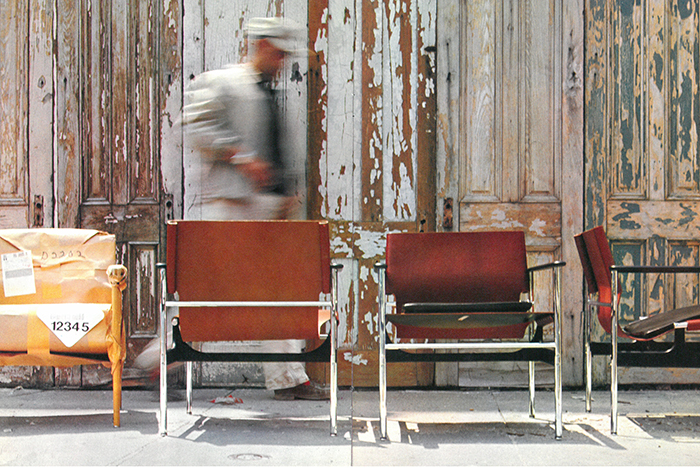
"That was the beginning..."
The chair’s spare frame is polished chrome steel tubing and cast aluminum with a black-fused finish, producing a sleek and subtly contrasting profile. Heavy natural cowhide, carefully shaped to form the back and seat sling, is suspended on the frame. A glove-soft capeskin seat pad provides additional support and comfort.
Pollock described the chair’s inception:
“I was penniless, didn’t have a car and I was making my prototypes out of plumbing that I pulled out of an old, abandoned basement. I brought all these prototypes in [to Knoll] without an appointment and pushed them off the elevator and said, ‘I want to see Florence Knoll.’ Fortunately for me, [Senior Designer] Vincent Cafiero came out just by accident, and he said, ‘Who are you?’ I said, ‘I’m Charles Pollock.’ I had had a major article in Interiors, in a series of articles about Saarinen, Eames, and myself about three or four months before, and he had read that…. So Cafiero said, “Look, this stuff is interesting. Why don’t you take this idea and throw this other idea into it?” Eventually, between Vincent Cafiero and myself, I developed a quarter-inch scale model of a chair that was very, very similar to…the 657 chair. That was the beginning…. And the rest is history.”
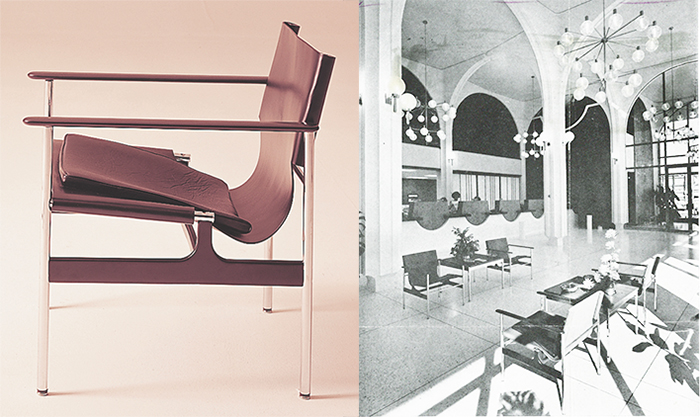
"It boils down to one question: What is the human need?"
The Pollock Arm Chair is exemplary of the designer’s elegant use of a simple bent line, which in his chairs worked in three ways: as structure, durability and visual style. Pollock went on to design the best-selling Pollock Chair, originally marketed as a “softer look” for executives, which resulted from Pollock’s unwavering commitment to a design object’s ease of use and durability. The chrome-plated extruded aluminum frame that form’s the chair’s structural rim is instantly recognizable; it has made the chair an icon of the modern workplace, displayed at the Metropolitan Museum of Art, the Smithsonian and the Louvre. That rim is both structure for the chair’s plastic shell and ample seat cushioning, which afford the chair its luxury, as well as a guard against wear and tear. In Pollock’s words: “Give them something that never goes out of style; it never wears out.”
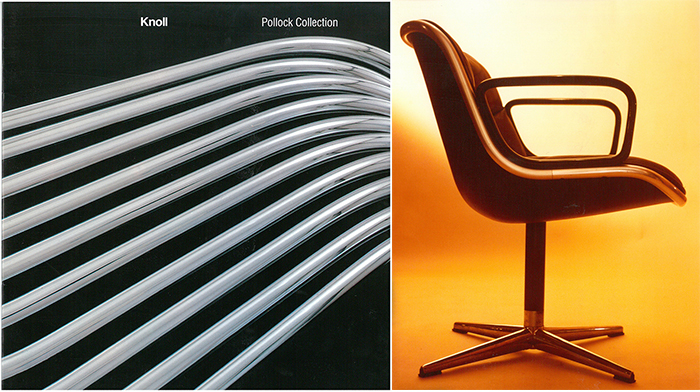
When it came to chairs, Pollock said the sitter should drive the design; form followed function. For him, timeless beauty comes about through an understanding of the total user experience. “The whole thing boils down to one question: what is the human need?” he said. “If there’s anything anyone wants to know about Charles Pollock and his theory, it’s the adaptor to all the human beings.”
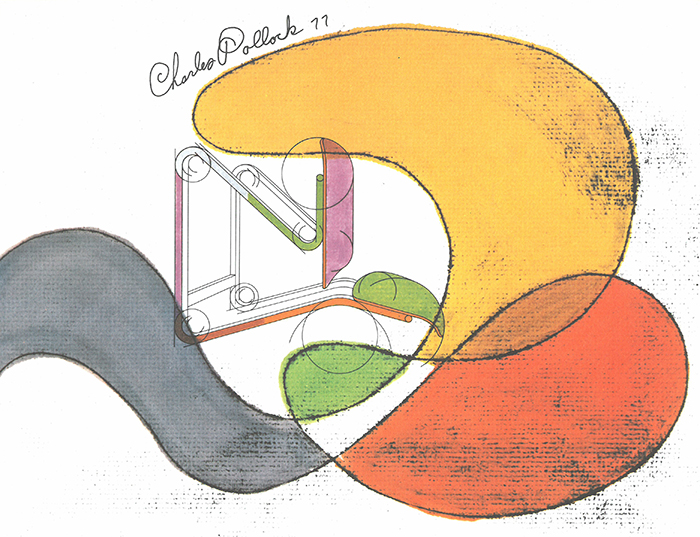
The approach has proven itself; both chairs are as relevant and striking now as they were in the 1960s, and equally loved in the home or office.
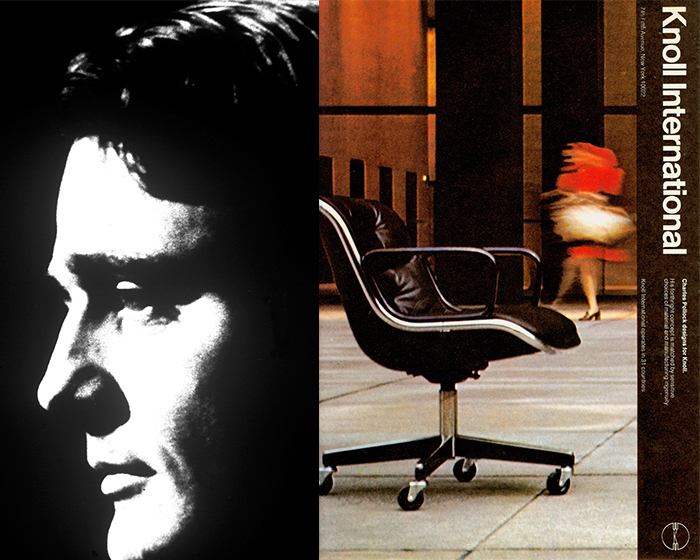
Charles Pollock passed away last summer at the age of 83. He is remembered for his commitment to the people for whom he designed.
Images:
1. Portrait of Charles Pollock in the early 1960s, from the Knoll Archive
2. The Pollock Arm Chair (657), photographed in the 1960s, from the Knoll Archive
3. Photograph by Jon Naar for Knoll International's The Pollock Chairs brochure, designed by Massimo Vignelli/Unimark International
4. The Pollock Arm Chair (657), photographed in 1960, from the Knoll Archive
5. Pollock Arm Chairs photographed in the main banking lobby of the Sumitomo Bank of California, Oakland (Shig Iyama, A.I.A.). The photo is by Roger Sturtevant and appeared in a feature by Burt Orben in Interior Design, March 1966.
6. Knoll Pollock Collection lookbook, designed by Knoll Graphics, with photography by Mario Carrieri
7. The Pollock Executive Chair, from the Knoll Archive
8. Conceptual drawing for a chair design by Charles Pollock dated 1977, from the Knoll Archive
9. Portrait of Charles Pollock, from the Knoll Archive
10. 1970s-era Knoll International advertisement employing the Massimo Vignelli grid, with photography copyright Jon Naar and Alex Naar, 1973 and 2012.







